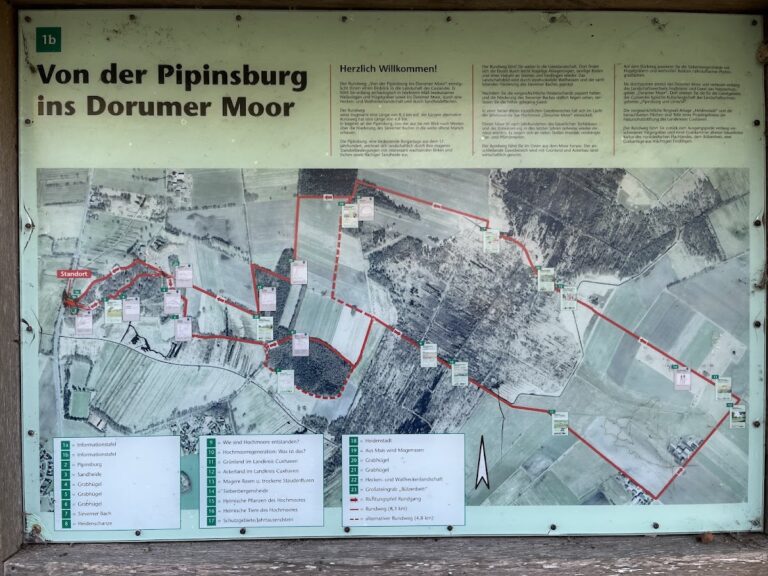Sibetsburg: A Medieval Fortress in Wilhelmshaven, Germany
Visitor Information
Google Rating: 4.3
Popularity: Low
Google Maps: View on Google Maps
Official Website: www.wilhelmshaven.de
Country: Germany
Civilization: Unclassified
Remains: Military
History
Sibetsburg is located in the city of Wilhelmshaven, Germany. It was originally established by the East Frisian chieftain Edo Wiemken in the late 14th century during the medieval period. The fortress began as a stronghold known as Edenburg, built around 1383 in what was then the Rüstringen region of East Frisia.
The site underwent a significant transformation early in the 15th century when Edo Wiemken’s grandson, Sibet Lubbenson, renamed the fortress Sibetsburg around 1416. This change reflected the developing lineage and growing prominence of the ruling family. During its active years, Sibetsburg served not only as a chieftain’s residence but also as a fortified refuge for the Vitalienbrüders, a group of pirates known for their raids in the late medieval sea routes.
Sibetsburg’s strategic position on a branch of the sea allowed ships to dock directly at the fortress, which made it an important base for maritime activities, including those of the Vitalienbrüders. However, this role also drew the attention of regional powers. In 1433, the Hanseatic League, a powerful commercial and defensive confederation of merchant guilds and market towns, launched a campaign against several East Frisian chieftains and the pirate groups associated with them. This military expedition resulted in the capture of Sibetsburg.
Following its seizure, the fortress was deliberately demolished in 1435, marking the end of its active use. Over the subsequent centuries, the sea arm that once provided direct access to the fortress gradually filled with sediment, isolating the site from the coastline. Today, the former location of Sibetsburg lies inland within modern Wilhelmshaven, its history preserved through archaeological studies rather than ongoing habitation.
Remains
The remains of Sibetsburg reveal a late medieval motte castle, a type of fortification constructed on a raised earth mound known as a motte. This artificial mound measured about six meters in height and approximately thirty meters across, providing a defensible elevated position for the structures it supported.
At the summit stood a residential tower measuring roughly 14 by 12 meters, notable for its substantial foundation walls that were three meters thick, underscoring the tower’s defensive strength. Inside the tower, the courtyard was paved with bricks, indicating an investment in durable construction and perhaps a focus on functional living spaces within the fortress.
Encircling the base of the mound was a thick defensive wall, ranging between two and three meters wide, built on a foundation of wooden piles driven into the ground to provide stability. This wall incorporated granite and tuff stone blocks, materials that are believed to have been salvaged from dismantled churches in the region, reflecting a common medieval practice of reusing building materials.
Beyond the wall, the fortress was further shielded by a system of three moats, which are deep, wide ditches often filled with water to hinder attackers, separated by two ramparts—raised embankments serving as additional defensive barriers. To the west of the outermost moat lay a bailey, an enclosed courtyard raised by about 1.5 meters, where economic buildings essential for the fortress’s daily operation were located.
The entire fortified complex covered an area approximately 210 by 175 meters. Archaeological excavations conducted in the early 1960s enabled detailed study and preservation of these structural elements. The excavated remains remain conserved at the original site, supplemented by informational displays and a reconstructed model exhibited nearby, helping to illustrate the fortress’s original form and defensive layout.










